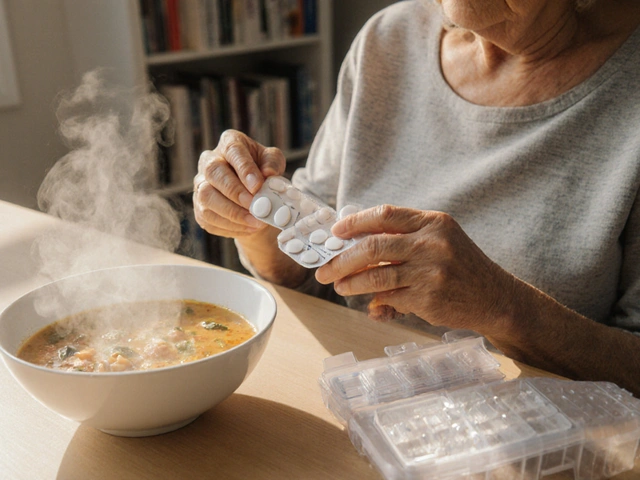Skin infections: quick guide to causes, treatment, and prevention
Did you know a small scratch can turn into a serious skin infection within 48 hours? Skin infections range from mild rashes to deep tissue problems. Knowing the usual causes, basic home care, and when to see a clinician helps you act fast and avoid complications.
Common causes include bacteria, fungi, and viruses. Bacterial infections usually come from Staphylococcus or Streptococcus species and show up as impetigo, cellulitis, or abscesses. Fungal infections cause ringworm, athlete’s foot, and yeast rashes. Viral infections can be cold sores or shingles. Signs that an infection is likely: increasing redness, warmth, pain, swelling, pus, or a fever.
How treatments differ
Topical treatments work for many mild problems. Mupirocin or bacitracin can clear localized bacterial infections like impetigo. Antifungal creams with clotrimazole or terbinafine handle most tinea infections. For viral blisters, antiviral creams or oral antivirals help when started early.
Oral meds are needed when infection spreads, is deep, or comes with fever. Common oral antibiotics include cephalexin, dicloxacillin, doxycycline, and in some cases azithromycin or erythromycin. If you see an abscess, a clinician may need to drain it—antibiotics alone won’t fix that. For fungal infections that don’t respond to creams, oral terbinafine or fluconazole may be prescribed.
When to get medical help
Get prompt care if redness or swelling spreads quickly, you develop fever, red streaks run from the wound, pain gets worse, or vision is affected. Also seek help for infected wounds that don’t improve in 48–72 hours, large boils, or if you have diabetes or weakened immunity. These situations can lead to serious complications without treatment.
At the clinic they’ll check the wound and sometimes take a swab or blood test. Treatment targets the cause—bacteria get antibiotics, fungi get antifungals, viruses get antivirals. If you’re prescribed antibiotics, finish the full course even if you feel better. Stopping early raises the risk of resistance and relapse.
For minor infections you can start simple home care: gently clean the area with soap and water, apply an appropriate topical medication, cover it with a clean dressing, and use a warm compress to ease pain and help drainage for boils. Avoid squeezing or popping sores; that can spread the infection.
Prevention is practical and easy: keep skin dry and clean, change damp clothes quickly, avoid sharing towels or razors, treat athlete’s foot early, and manage chronic conditions like diabetes. If you use gym facilities, wear flip-flops in showers and don’t share equipment without cleaning it first.
Antibiotic resistance is real. Only use antibiotics when a clinician recommends them, and follow dosing instructions. If a treatment fails or you see new symptoms, go back for a recheck—sometimes a different medicine or minor procedure is needed.
Kids and older adults need special attention. In children, infections can worsen fast—call your pediatrician for fever or spreading redness. Older people and anyone taking immune‑suppressing drugs should seek care sooner. Treat animal bites from pets or wildlife seriously; see a clinician right away.




